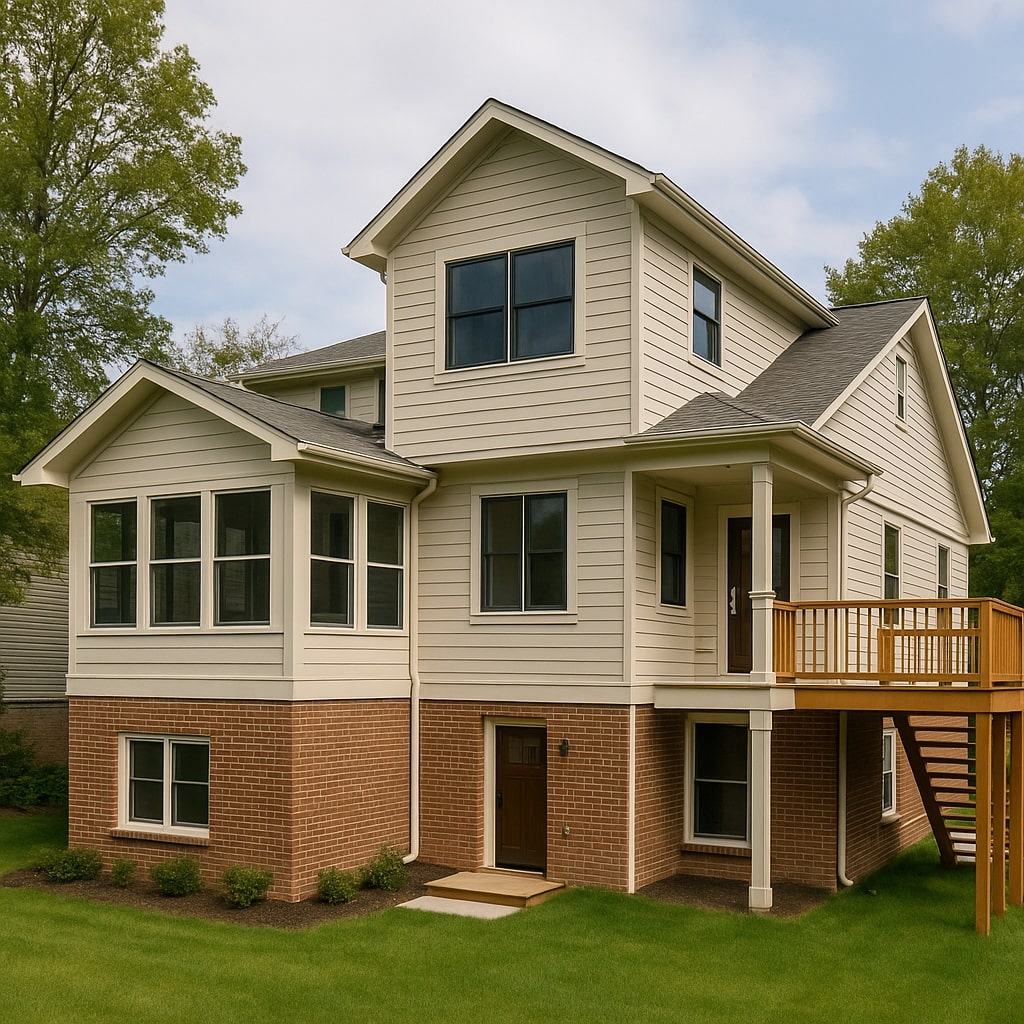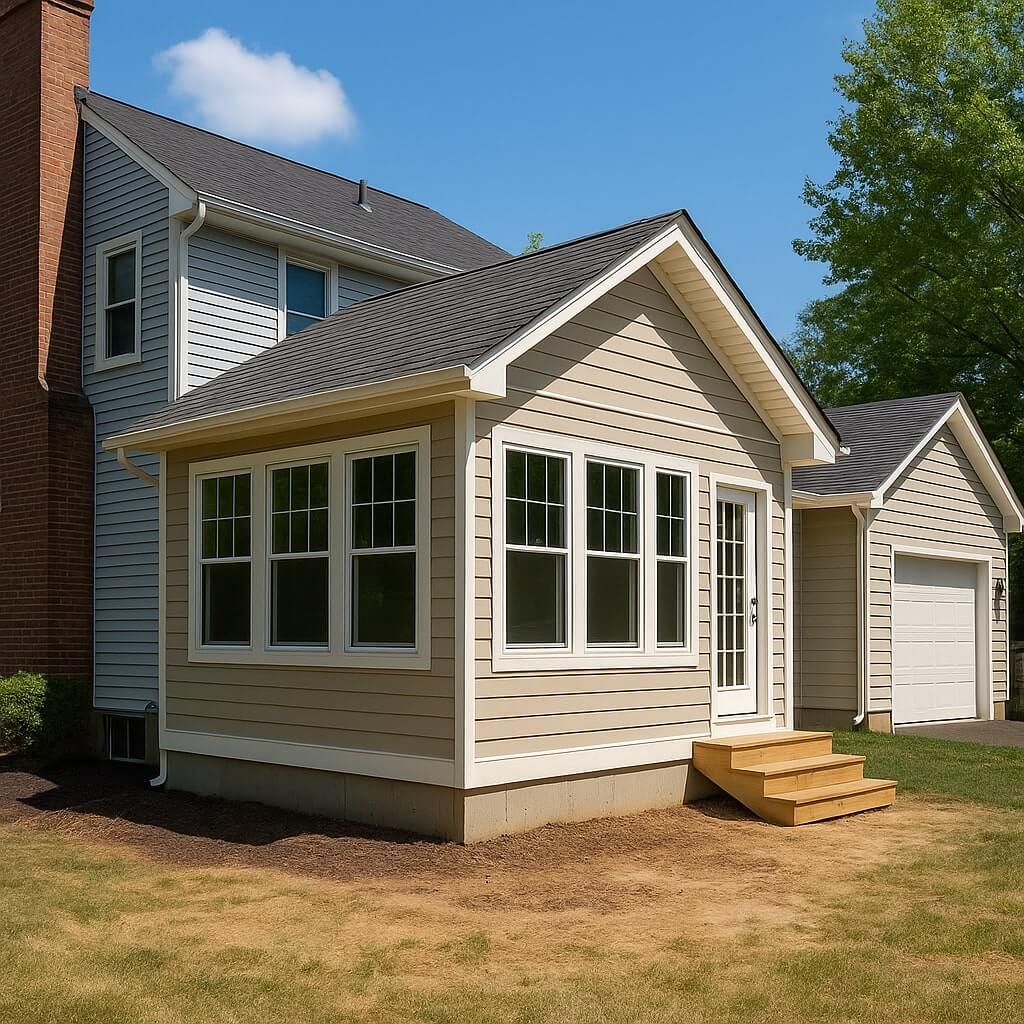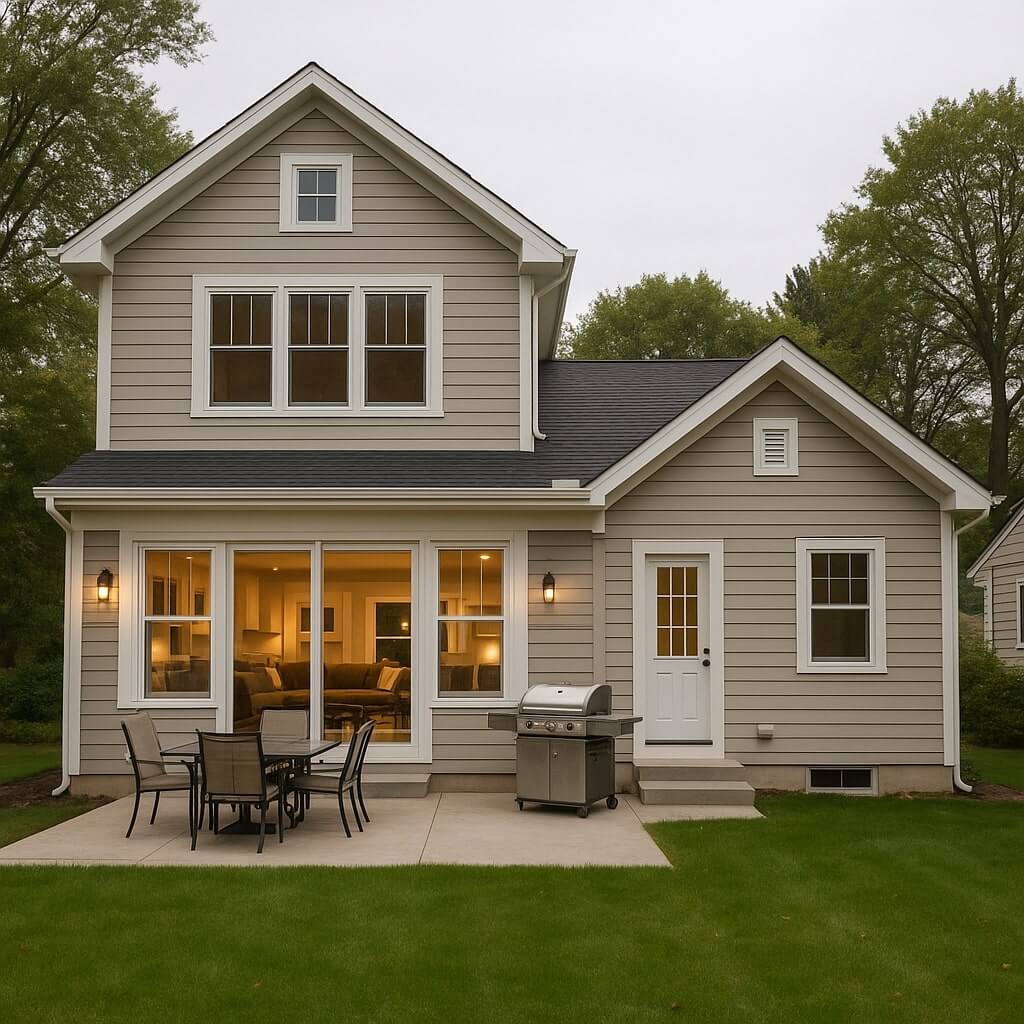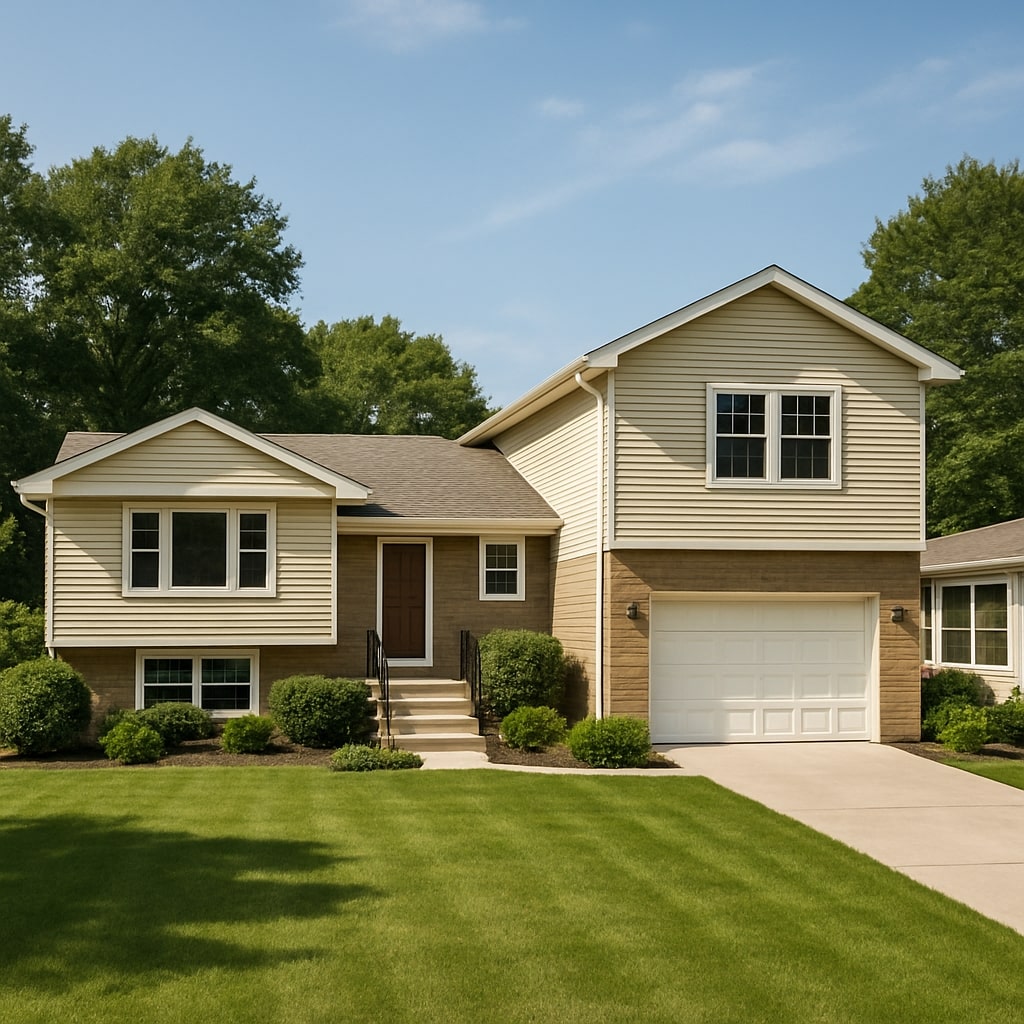Title 60 Ward Topic: tri level home additA tri-level home offers unique architecture and spatial flow—but it can also pose design challenges when considering additions. Whether you’re expanding for a growing family, modernizing an older structure, or adding resale value, there are many smart and stylish tri-level home addition ideas that can transform your living space.
In this guide, we’ll explore the best ways to expand and improve a tri-level home, from vertical additions to strategic horizontal expansions—plus answer the most common homeowner questions.
What Is a Tri-Level Home?
A tri-level home (also known as a split-level) typically features three staggered floors connected by short staircases. The layout usually includes:
- Lower Level: Garage, family room, or basement.
- Main Level: Kitchen, dining, and living areas.
- Upper Level: Bedrooms and bathrooms.
This design became popular in the mid-20th century for its efficient use of space on sloped lots and separation of living areas.
Best Tri-Level Home Addition Ideas
1. Bump-Out Additions
A small extension from the kitchen or bedroom can add extra square footage without a full renovation. Great for expanding:
- Kitchen breakfast nooks
- Bathroom suites
- Walk-in closets
2. Sunroom or Enclosed Porch
Add a sun-drenched living area off the lower level or rear of the main level. It creates a seamless indoor-outdoor experience and boosts resale appeal.
3. Garage Conversion
Convert an underused garage into:
- A guest suite
- A home office
- A gym or studio space
4. Vertical Additions
Add a fourth level (or partial loft) above the existing top floor for:
- An owner’s suite
- A playroom
- A quiet reading nook with skylights
5. Side-Level Expansion
If you have side yard space, expand outward with:
- A home theater
- Laundry/mudroom combo
- Extended family living quarters (great for multigenerational households)
6. Open Concept Integration
Remove partial walls on the main floor to unify kitchen, dining, and living spaces for better flow and a more modern feel.
7. Deck or Balcony Additions
Add a deck from the main level or a balcony from the top floor. Perfect for:
- Entertaining guests
- Morning coffee
- Taking in scenic views
Design Considerations Before Starting
- Structural Impact: Consult an architect or structural engineer.
- Zoning Laws: Check with your local municipality.
- Flow & Accessibility: Maintain intuitive movement between levels.
- Natural Light: Add windows and skylights to brighten interior spaces.
Benefits of Adding Onto a Tri-Level Home
- Increases livable square footage
- Enhances market value
- Supports lifestyle upgrades (home office, gym, guest space)
- Modernizes the aesthetic and layout
Tips to Maximize ROI on Tri-Level Additions
- Focus on functionality and flow
- Match new materials with the original architecture
- Prioritize energy efficiency
- Add storage smartly within stair landings and nooks
Frequently Asked Questions (FAQs)
ri-level additions are more complex than single-story homes due to staggered floors, but with a good design-build team, it’s very achievable.
Yes, if local building codes allow and the foundation can support it. An architect will help determine feasibility.
Costs vary, but you can expect $100–$250 per square foot, depending on materials, labor, and structural needs.
Converting a garage or building a small bump-out addition offers significant ROI with lower construction costs.
Absolutely—well-designed tri-level additions can significantly boost property value, especially when adding bedrooms, bathrooms, or entertaining space.
Final Thoughts
Tri-level homes are full of potential, and with the right addition, you can transform your house into your dream home. Whether you’re going vertical, expanding out, or reimagining current spaces, the possibilities are endless.ion ideas




